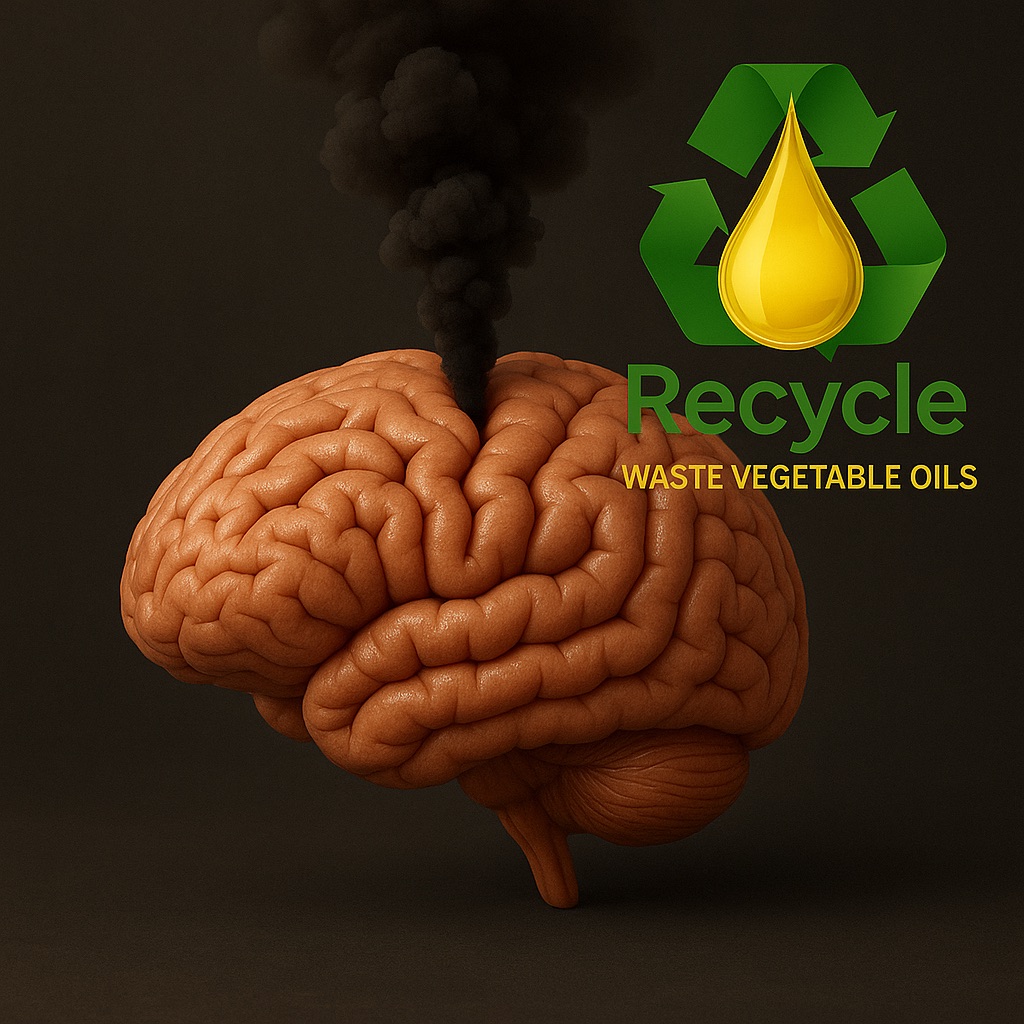Home / Contact Us / About Us / Our Services / North Yorkshire / East Riding Yorkshire / South Yorkshire / West Yorkshire / Greater Manchester / Derbyshire / Reference / FAQ

Vehicle Emissions and Microplastics Affect Brain and Hormone Health
Exploring the unseen effects of modern pollution on human biology
The Hidden Dangers of Air and Plastic Pollution
Vehicle emissions and microplastics are not just environmental concerns. They are growing public health threats, especially for the brain and hormonal systems. Recent studies have revealed links between prolonged exposure to air pollutants and cognitive decline, emotional instability, and hormone disruption.
How Emissions and Microplastics Reach the Brain
Fine particles from traffic emissions, such as PM2.5, nitrogen dioxide and diesel soot, can enter the body through the lungs and make their way to the brain. Similarly, microplastics - tiny plastic fragments found in the air - are now known to be inhaled and absorbed into tissues, including brain matter.
- These pollutants bypass the body's natural filters
- They cause inflammation in brain tissue
- They interfere with neural communication
- They contribute to early cognitive aging
Microplastics have also been detected in the bloodstream and human placenta, raising concern over their long-term neurological and developmental impacts.
Mental Health and Mood Disruption
Pollution can alter brain chemistry. People who live in areas with high traffic-related air pollution often experience higher rates of depression, anxiety and stress-related conditions. These changes are partially due to disrupted production of neurotransmitters that regulate mood, such as serotonin and dopamine.
Animal studies show that microplastic exposure may lead to behavioral changes and altered stress responses, suggesting possible impacts on emotional health in humans as well.
Hormonal Disruption from Pollutants
Emissions and microplastics interfere with the endocrine system. This system controls hormone production and balance, which affects metabolism, growth, fertility, and stress regulation. Some common disruptions include:
Stress Hormones
Long-term exposure to polluted air can increase cortisol levels, the body’s primary stress hormone. This may result in fatigue, poor sleep, irritability and immune suppression.
Reproductive Hormones
Traffic pollution and plastic particles have been linked to reduced testosterone levels in men and altered estrogen function in women. This may affect fertility, libido, mood and hormonal cycles.
Thyroid Interference
Certain compounds found in plastics and diesel exhaust may interfere with thyroid hormone activity, impacting energy levels, mental clarity and child development.
Insulin Resistance and Metabolism
Exposure to environmental toxins has been associated with higher risks of obesity, insulin resistance and diabetes, conditions that are also linked to cognitive decline and brain inflammation.
Risks to Children and Developing Brains
Infants and children are especially vulnerable to environmental pollution. During early development, even low-level exposure to vehicle emissions or microplastics can affect how the brain and hormone systems grow. Documented effects include:
- Lower IQ and reduced attention span
- Higher risk of neurodevelopmental disorders
- Hormonal changes that affect puberty and behavior
- Greater sensitivity to stress and toxins later in life
Children living near busy roads, industrial zones or plastic processing facilities may face the highest risk.
Reducing Exposure and Making a Difference
While pollution is widespread, there are ways to reduce its impact. Steps include:
- Using cleaner transport methods like walking, cycling and electric vehicles
- Installing indoor air filtration systems in homes and schools
- Choosing products with minimal plastic packaging and synthetic materials
- Recycling used cooking oils to support clean fuel alternatives
- Planting trees and maintaining green spaces to improve urban air quality
Reducing reliance on fossil fuels and plastics at the source is one of the most effective ways to cut down on harmful emissions and microscopic pollutants.
What We’re Doing at Waste Vegetable Oils
Our mission is to help businesses lower their carbon and pollution footprints by offering a free, Environment Agency-licensed service for collecting used cooking oils and animal fats. These waste materials are processed into cleaner fuels, reducing the need for conventional diesel and cutting harmful emissions.
This contributes to a healthier environment - not just for the climate, but for human health as well. Cleaner fuel means fewer emissions, less microplastic spread, and lower risks to brain and hormone health.
Conclusion
Vehicle emissions and microplastics are contributing to a growing public health concern. From cognitive decline and emotional stress to hormone disruption and developmental issues, these pollutants affect both body and mind.
We all have a role in reducing exposure and promoting solutions. Whether you're a business, household or local authority, small actions add up to a cleaner, healthier future.






